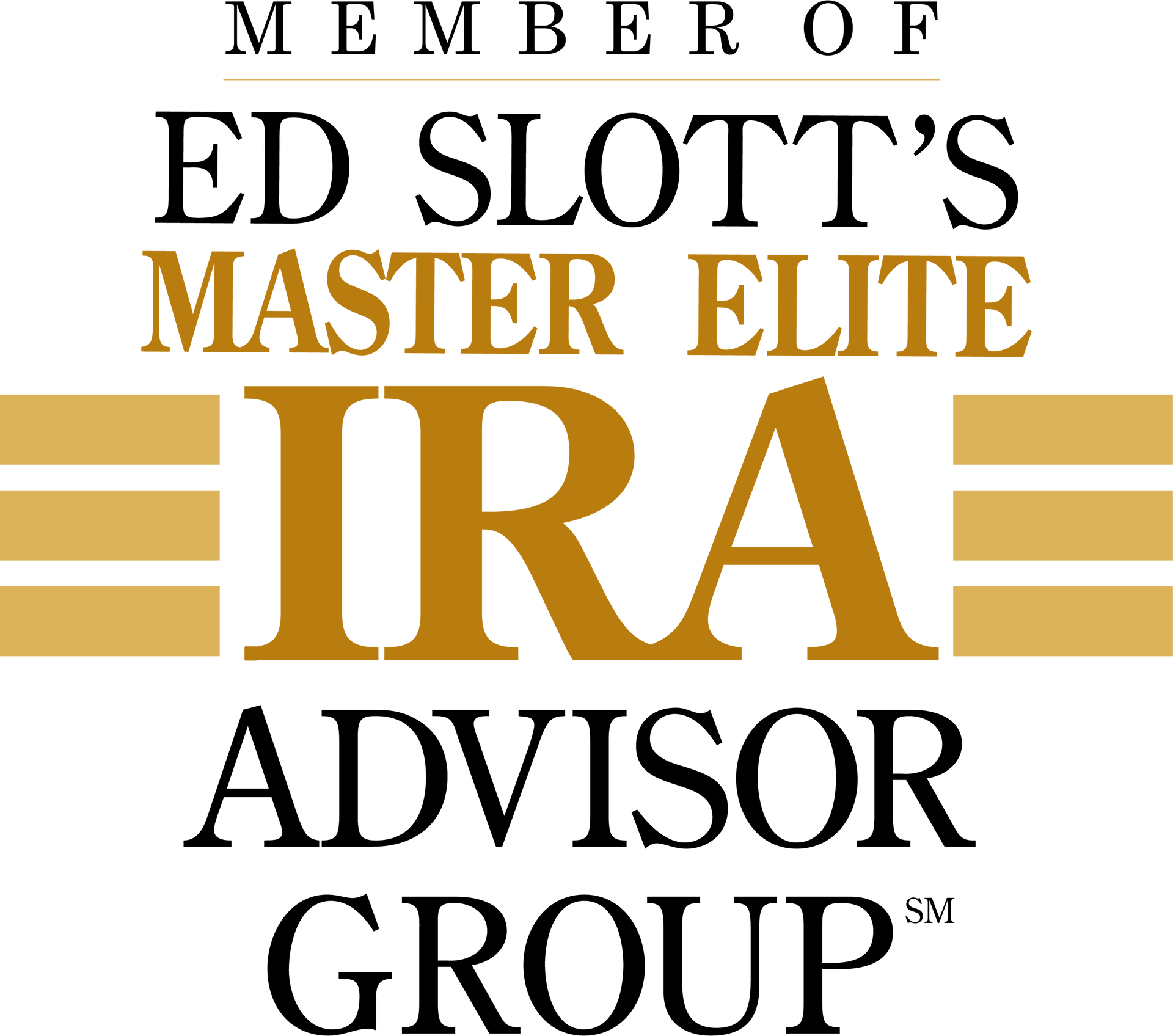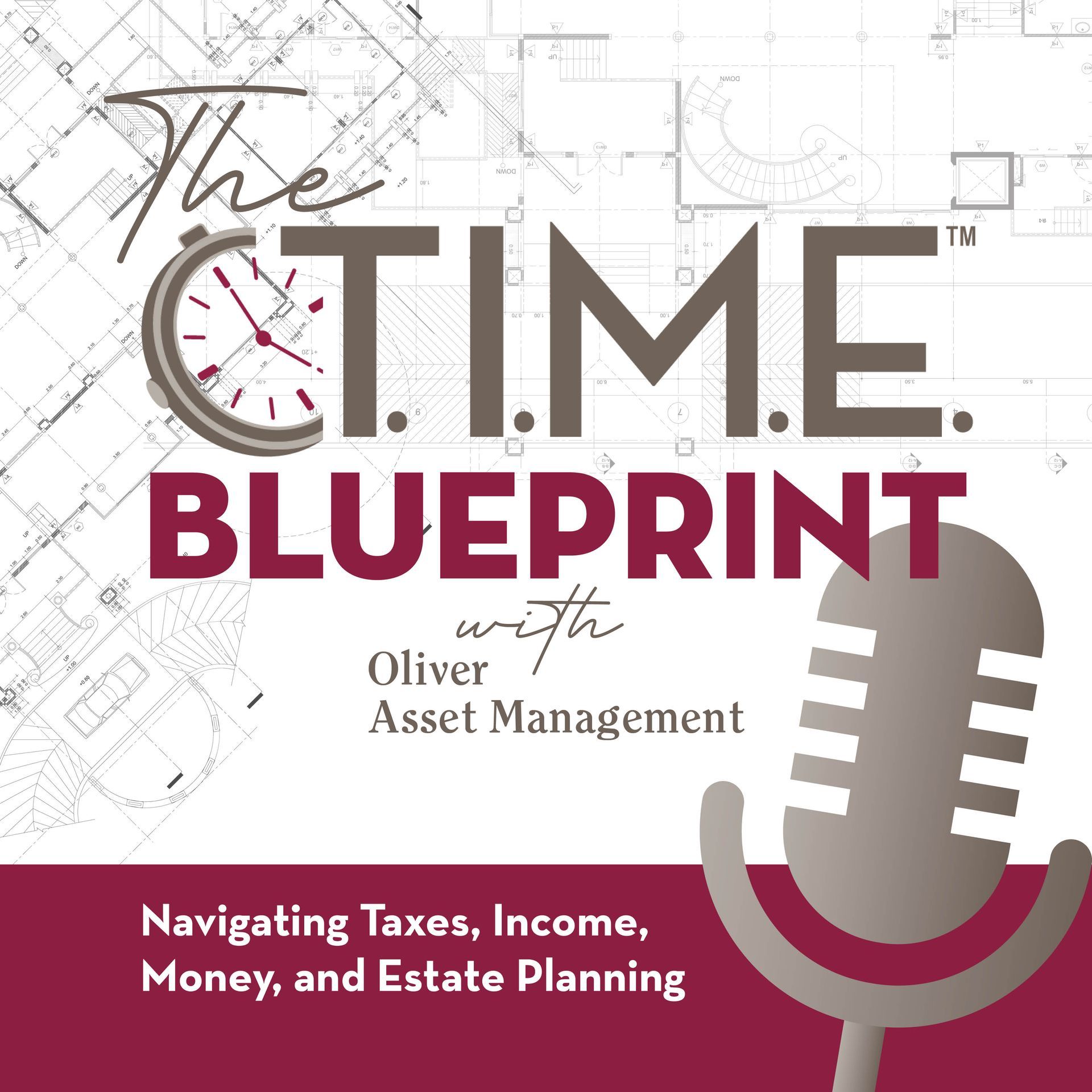What is the 10% penalty?
A 10% early distribution penalty applies to taxable distributions made before age 59 ½. Distributions made after age 59 ½ are not subject to the 10% early distribution penalty. There are three categories of exceptions to the 10% early distribution penalty. Some exceptions apply to both IRAs and employer plans, some apply to IRAs only, and some apply to employer plans only. Be sure you use the right exception for your type of retirement account.
1. Exceptions that apply to both IRAs and plans. The main exceptions that apply to both IRAs and plans are disability, death (distributions to beneficiaries are never subject to the penalty), medical expenses generally in excess of 7.5% of AGI (adjusted gross income) in the year of distribution, qualified birth or adoption expenses, an IRS levy, terminal illness, expenses due to a federally declared disaster, domestic abuse, and emergency expenses.
2. Exceptions for just IRAs and just plans. Exceptions for just IRAs include: first-time home buyer, higher education, and health insurance for the unemployed. Exceptions apply for withdrawals from company retirement plans for individuals who separate from service at age 55 or older, and for withdrawals from governmental defined contribution and defined benefit plans for public safety employees who separate from service with at 25 years of service or at age 50 or older. For SIMPLE IRAs, the penalty is 25% for the first two years in the plan, then reverts back to the 10% penalty in
following years.
3. The expense must be in the same year as the IRA distribution. For exceptions such as the higher education expense and the medical expense, make sure the IRA distribution is made in the same year the expense is paid.
4. Some exceptions apply when the distribution is used for a family member. Exceptions such as death and disability only apply to the account owner. Other exceptions apply to family members such as spouses, children or grandchildren. Check with your financial advisor to find out the requirements of any exception for which you think you might qualify.
5. How to claim an exception. Many times the IRA custodian or plan administrator will issue the 1099-R for the distribution with a code saying that the distribution is early and no known exception applies. Don’t give up. You should file IRS Form 5329 with your tax return to tell the IRS what exception you are claiming.















